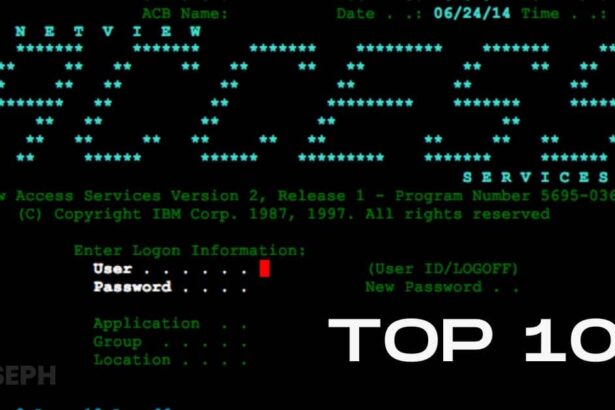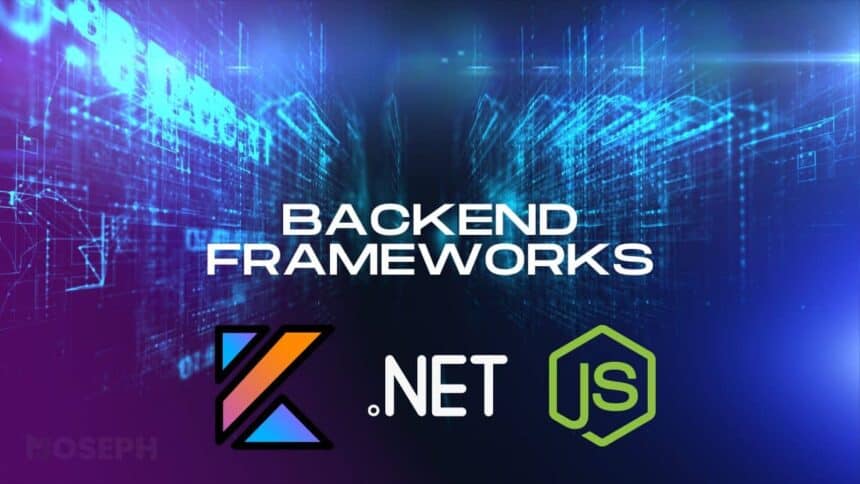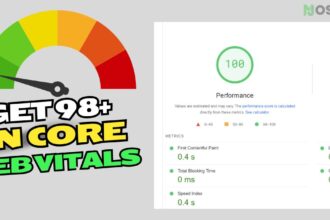I’ve been coding for years and honestly, not having a solid framework would make everything way harder. Over time, I’ve come across several frameworks that just clicked with what I was doing.
Some were happy accidents during projects. Others, I found after digging around for what could really step up my game. I’m going to share with you my favorites and a few others I’m keeping an eye on, in case you’re also looking for tools that could give your work that extra edge.
We’re in 2024, and the tech world doesn’t stand still, especially with backend frameworks. I want to talk about the ones that are currently leading the pack.
You’ll get a glimpse into their key benefits, the latest trends shaping them, and how they’re being used by companies to push the boundaries.
Choosing the right framework is crucial, not just for its technical capabilities but for how well it aligns with your project. My goal is to share useful insights and experiences to help you find a framework that truly fits your needs.
What Backend Frameworks Do
Backend frameworks are the unsung heroes of web applications, handling critical operations behind the scenes. They manage server-side functions, such as database interactions and processing user requests, which are key to any web app’s smooth operation.
Each framework has its unique set of tools and features, crafted to meet the specific needs and challenges of various projects.
We’ll look into how these frameworks significantly contribute to the development and maintenance of web applications, ensuring they are not only robust but also deliver a seamless and efficient user experience.
Comparison Table Of Best Backend Frameworks
Check out this comparison to decide which backend framework suits your project. I’ve highlighted their key features and how they perform in essential areas.
| Framework | Primary Language | Scalability | Ease of Use | Performance |
|---|---|---|---|---|
| Node.js | JavaScript | High | Good | Excellent |
| Django | Python | High | Excellent | Good |
| Laravel | PHP | High | Good | Good |
| Ruby on Rails | Ruby | Moderate | Excellent | Good |
| Spring Boot | Java | Very High | Moderate | Excellent |
| Flask | Python | Moderate | Excellent | Good |
| Express.js | JavaScript | High | Excellent | Excellent |
| ASP.NET Core | C# | Very High | Good | Excellent |
| Go | Go | Very High | Good | Excellent |
| Kotlin | Kotlin | High | Good | Good |
This quick look shows what each framework does best, focusing on scalability, ease of use, and performance, helping you pick the right one for what you need.
1. Node.js
Node.js is a powerful JavaScript runtime environment, great for building scalable network applications. It’s efficient and works well for data-heavy apps.
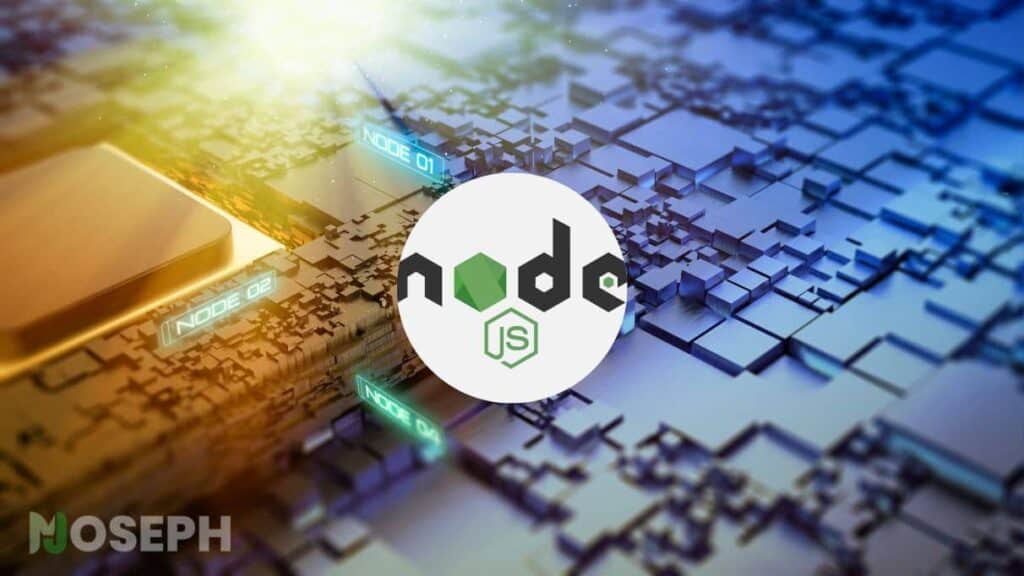
Node.js uses a non-blocking, event-driven architecture. This is ideal for real-time apps that handle lots of data. It uses JavaScript, which is familiar to many developers. This makes both client-side and server-side scripting easier.
Node.js is great for real-time apps like chat services or live streaming. It’s also becoming popular in IoT (Internet of Things) app development. Big companies like Netflix, LinkedIn, and NASA use Node.js. They value its ability to manage many tasks at once and its scalability.
Importance of Node.js
- Handles Scalable Network Applications: Node.js is perfect for creating large, data-driven applications.
- Efficient for Data-Intensive Tasks: Its non-blocking, event-driven structure makes it ideal for apps that need to process a lot of data quickly.
- Familiar JavaScript Use: Using JavaScript, it makes development smoother for those already familiar with the language.
- Great for Real-Time Applications: Node.js excels in real-time scenarios, like chats or streaming services, where immediate data processing is crucial.
- Growing in IoT Development: More and more, Node.js is being used for developing IoT applications, thanks to its efficient data handling.
- Used by Leading Companies: Its adoption by top companies like Netflix and NASA shows its reliability and capability in handling complex tasks.
- Strong Community Support: A robust community around Node.js means plenty of support, resources, and shared knowledge for developers.
Node.js code Example
const http = require('http');
http.createServer((req, res) => {
res.write('Welcome to our service');
res.end();
}).listen(3000);
This basic server setup exemplifies Node.js’s capability in handling HTTP requests efficiently.
2. Django
Django is a high-level Python web framework known for its quick development and clean, practical design. It’s great for rapid project completion.

Django’s “batteries-included” approach provides a full package with built-in features for common web development tasks. Its ORM system makes working with databases easier, making it a smart choice for developers.
Many high-traffic websites use Django because it handles complex tasks well. Big organizations like Instagram, Pinterest, and NASA use Django. It’s getting more popular, especially among startups that need a dependable, scalable framework.
Importance of Django
- Rapid Development: Django’s design allows for fast development of web applications, saving time and resources.
- Comprehensive Built-In Features: Its “batteries-included” approach means it comes with many necessary features for web development, reducing the need for extra tools.
- Simplifies Database Interactions: The ORM system in Django makes it easier to work with databases, streamlining the development process.
- Handles Complex Websites: Django is capable of managing complex, high-traffic websites, proving its efficiency and reliability.
- Popular Among Big Organizations: Its use by large organizations like Instagram and NASA shows its capability in handling large-scale projects.
- Favored by Startups: Django’s reliability and scalability make it a popular choice among startups needing a robust web development solution.
- Growing Popularity: The consistent increase in its popularity, especially in the startup community, highlights its effectiveness as a web development framework.
Django Code Example
from django.http import HttpResponse
def user_profile(request):
return HttpResponse("User profile page")
This example demonstrates Django’s simplicity in setting up web pages, showing its ease of use for rapid development.
3. Laravel
Laravel is a PHP backend framework with a neat and easy-to-understand style. It’s known for its broad set of tools.
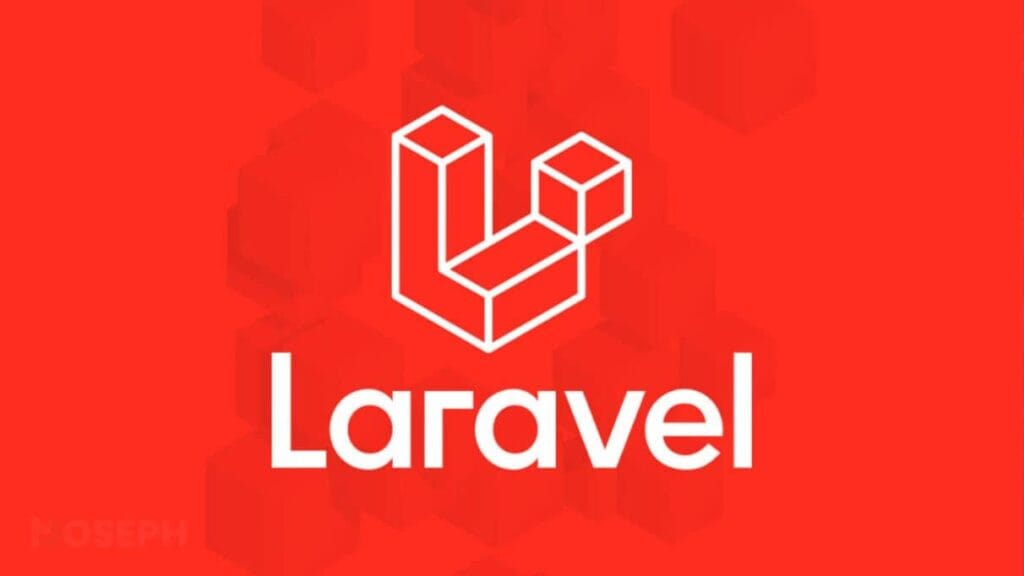
This backend framework makes web development tasks like handling website routes, managing user sessions, and speeding up websites easier. Laravel has a strong set of tools, including a system for managing databases, a tool for creating web page layouts, and many extra packages. This makes it a full package for web developers.
Laravel’s clear and easy style, along with its wide range of tools, makes it a go-to choice for businesses big and small. Well-known companies like BBC, Pfizer, and 9GAG use Laravel for their projects because it can grow to meet their needs and is very reliable.
Importance of Laravel in Backend Framework
- Clear Coding Style: Laravel’s neat coding style makes it easy for developers to work with.
- Wide Range of Tools: It covers many parts of web development, offering a variety of tools.
- Makes Web Development Easier: Laravel simplifies common web development tasks, saving time and effort.
- Strong Set of Tools: Its range of tools, including database management and web layout creation, provides a one-stop solution.
- Chosen by Various Businesses: Its popularity among different businesses shows its flexibility and trustworthiness.
- Used by Big Companies: The fact that large companies use Laravel shows it can handle big, complex web projects.
- Grows with Business Needs: Its ability to scale up and remain strong makes it a solid choice for expanding businesses.
Laravel Code Example
Route::get('/user', function () {
return 'User page';
});
This route definition demonstrates Laravel’s simplicity and elegance in handling web requests.
4. Ruby on Rails
Ruby on Rails, also known as Rails, is a backend framework for web applications, using the Ruby language.
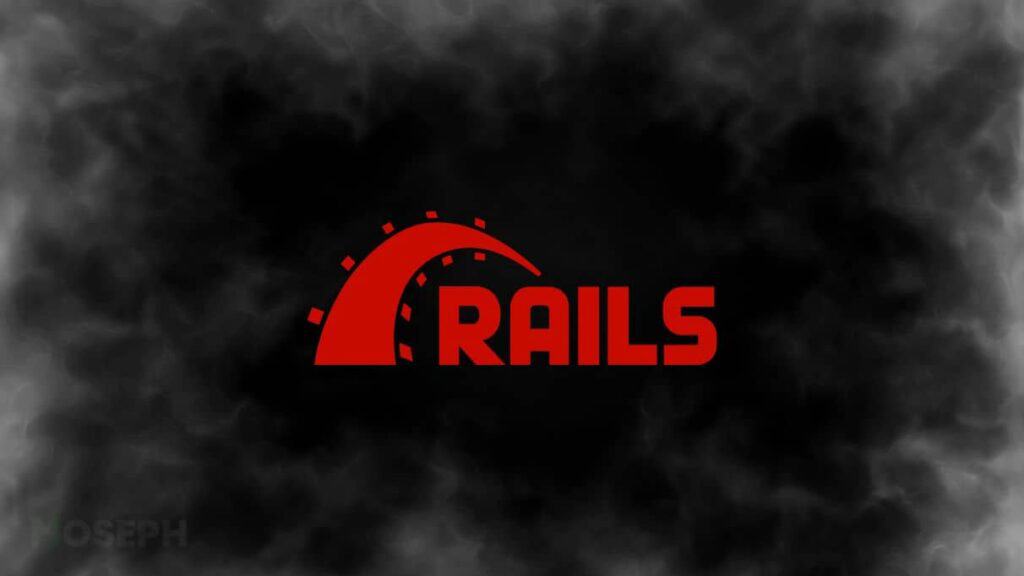
Rails uses a method where it guesses what developers usually need to start. This makes it really good for quickly making complex applications. It focuses on software engineering methods like MVC (Model-View-Controller).
Rails is a favorite among startups and tech companies because it’s fast and efficient. Big platforms like Shopify, Airbnb, and GitHub have used Rails. This framework is famous for its active community and a big collection of ‘gems’ that add more features.
Importance of Ruby on Rails in Backend Framework
- Easy to Start: Rails’ approach of guessing what developers need helps them start projects quickly.
- Quick Complex App Development: It’s made for fast development of complicated applications, saving time and effort.
- Focus on Software Engineering Practices: Its emphasis on methods like MVC helps in building structured and efficient web applications.
- Popular in Tech Community: Its speed and efficiency make it a top choice for startups and technology companies.
- Used by Major Platforms: The use of Rails by large platforms like Shopify and Airbnb shows its capability in handling big projects.
- Vibrant Community: Rails has a lively community, offering support and sharing knowledge among developers.
- Rich Library of Gems: Its extensive collection of ‘gems’ lets developers add more features and functionalities easily.
Rails Code Example
rails generate scaffold Post title:string body:text
This command demonstrates Rails’ scaffolding capability, facilitating rapid development of application components.
5. Spring Boot
Spring Boot, part of the Spring framework, makes starting and developing new Spring applications easier. It’s a backend framework designed for simplicity.
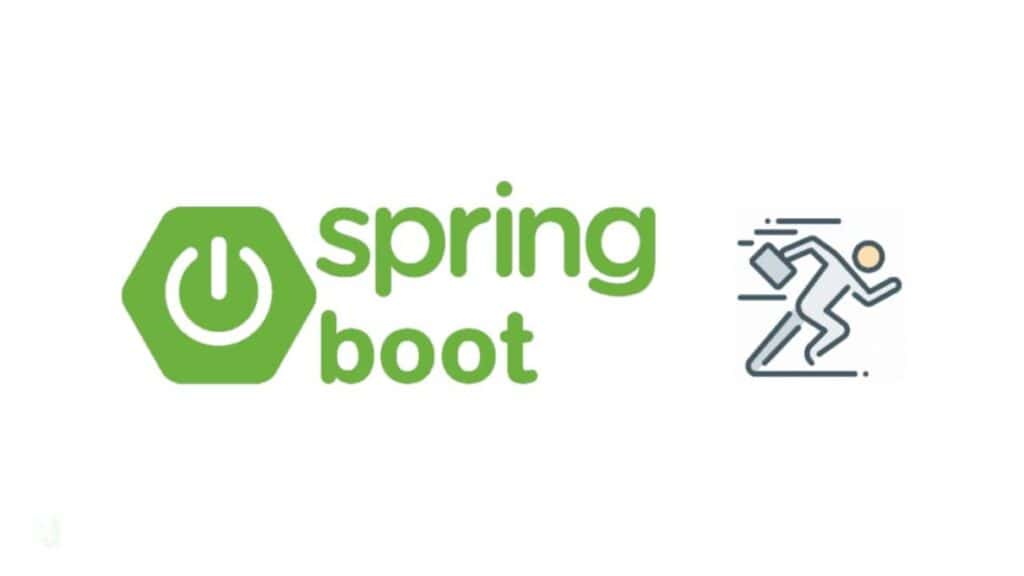
Spring Boot is great for making stand-alone, high-quality Spring-based apps easily. It’s especially good for microservices architecture and big business applications.
It’s popular in the business world, with companies like Ticketmaster, Intuit, and GE using Spring Boot. They value its strength and the efficiency it brings to their projects.
Importance of Spring Boot in Backend Framework
- Simplifies Spring App Development: Spring Boot makes it easier to start and develop Spring applications, saving time and effort.
- Ideal for Production-Grade Applications: It’s well-suited for creating high-quality applications that are ready for real-world use.
- Great for Microservices and Enterprise Apps: Its design is perfect for both small, independent services and large business applications.
- Popular in the Business Sector: Its use by big companies shows its reliability and effectiveness in professional settings.
- Robustness for Complex Projects: Spring Boot is known for handling complex projects with stability.
- Increases Productivity: Companies appreciate the efficiency and productivity gains from using Spring Boot.
Spring Boot Code Example
@RestController
public class HelloWorldController {
@RequestMapping("/hell")
public String helloWorld() {
return "Hello, World!";
}
}
This snippet illustrates the simplicity of setting up a basic RESTful service in Spring Boot.
6. Flask
Flask is a micro web framework for Python, valued for its simplicity and flexibility. It’s a backend framework that’s easy to use and adapt.
Flask’s minimalistic and open approach makes it a flexible option for developers who like to build their apps step by step. It’s good for small to medium projects and microservices.
Startups and small businesses often choose Flask because it’s easy to learn and flexible. Big companies like LinkedIn and Pinterest use Flask in their projects for its lightweight design and fit with microservices architecture.
Importance of Flask in Backend Framework
- Simple and Flexible: Flask’s simplicity and adaptability make it a user-friendly choice for various projects.
- Ideal for Progressive Development: Its open nature is great for developers who want to build their apps in stages.
- Suitable for Smaller Projects: Flask works well for small to medium-sized projects, making it accessible for smaller teams or individual developers.
- Popular with Startups and Small Businesses: Its ease of learning and flexibility make it a top choice for startups and smaller companies.
- Used by Large Companies: The use of Flask by companies like LinkedIn and Pinterest shows its effectiveness in professional projects.
- Lightweight Design: Flask’s lightweight nature makes it efficient for projects where heavy frameworks are unnecessary.
- Fits Microservices Architecture: Its compatibility with microservices architecture makes it a practical option for modern web development.
Flask Code Example
from flask import Flask
app = Flask(__name__)
@app.route('/')
def home():
return 'Welcome to our homepage!'
This code shows how Flask can be used to set up a simple web application efficiently.
7. Express.js
Express.js is a minimal and flexible backend framework for Node.js. It’s great for creating single-page, multi-page, and hybrid web applications.

This backend framework makes it easier to develop web applications and APIs. It’s known for being fast, simple, and adaptable, letting developers build powerful apps with not too much code.
Express.js’s lightweight design makes it a favorite for both tech startups and big companies. Big names like IBM and Uber use it. They like its ability to scale and its performance in making efficient web services and apps.
Importance of Express.js in Backend Framework
- Flexibility for Various Web Apps: Express.js is versatile, suitable for different types of web applications.
- Simplifies Web App Development: It makes the process of developing web applications and APIs more straightforward.
- Speed and Minimalism: Known for its fast performance and simple approach, it allows for efficient development.
- Less Code for Powerful Apps: Developers can create strong applications with relatively few lines of code.
- Popular Among Startups and Big Companies: Its use by both startups and large companies like IBM and Uber shows its wide appeal.
- Scalable for Growing Needs: Express.js can grow with a company’s needs, making it a reliable long-term option.
- Efficient for Web Services and Applications: Its performance is highly valued for building efficient web services and applications.
Express.js Code Example
const express = require('express');
const app = express();
app.get('/', (req, res) => {
res.send('Home Page');
});
app.listen(3000);
This example demonstrates the ease of setting up a basic web server with Express.js.
8. ASP.NET Core
ASP.NET Core is a cross-platform, high-performance backend framework. It’s perfect for making modern, cloud-based, internet-connected applications.
This backend framework is a new version of ASP.NET. It’s been changed to be leaner and more modular. It’s often used for big, enterprise-level web applications.
Many big businesses and large-scale applications use ASP.NET Core because of its performance, ability to grow, and Microsoft’s support. Companies like Stack Overflow, Alaska Airlines, and Siemens use ASP.NET Core for their web applications.
Importance of ASP.NET Core in Backend Framework
- Cross-Platform Capabilities: ASP.NET Core works across different platforms, making it versatile for various projects.
- High Performance: Known for its excellent performance, it’s suitable for demanding web applications.
- Modern and Cloud-Based: It’s designed for modern, cloud-based applications, aligning with current technology trends.
- Lean and Modular Design: The redesigned framework is more efficient and easier to work with.
- Ideal for Enterprise Web Applications: Its features make it a popular choice for large, enterprise-grade web applications.
- Scalable for Big Projects: ASP.NET Core can handle growing needs, making it a solid choice for expanding projects.
- Supported by Microsoft: The backing from Microsoft ensures reliability and ongoing support.
ASP.NET Core Code Example
public class HomeController : Controller
{
public IActionResult Index()
{
return View();
}
}
This code snippet shows ASP.NET Core’s capability in handling controllers and views in web applications.
9. Go
Go, also called Golang, is an open-source programming language. It’s designed to be simple, efficient, and reliable.

Go is famous for its easy-to-understand syntax, good handling of multiple tasks at once (concurrency), and fast performance. It’s really good for making quick, scalable network servers and systems that spread across many computers.
Because of its speed and ability to grow, companies like Google, Uber, and Twitch use Go. It’s often used in cloud computing, microservices, and other areas that need high performance.
Importance of Go in Backend Framework
- Simple Yet Powerful: Go’s straightforward design makes it powerful yet easy to use.
- Efficient Concurrency Handling: It manages multiple tasks well, which is crucial for high-performance applications.
- Fast Performance: Known for its speed, Go is ideal for applications that need to run quickly.
- Scalability: It’s great for building systems that can grow and handle more users or data.
- Used by Major Tech Companies: Its use by big companies like Google shows its strength and reliability.
- Ideal for Cloud Computing and Microservices: Go fits well in cloud computing and microservices, where performance and efficiency are key.
- Suitable for High-Performance Computing: Its features make it a top choice for tasks that require a lot of computing power.
Go Code Example
package main
import (
"fmt"
"net/http"
)
func main() {
http.HandleFunc("/", func(w http.ResponseWriter, r *http.Request) {
fmt.Fprintf(w, "Welcome to our homepage")
})
http.ListenAndServe(":8080", nil)
}
10. Kotlin
Kotlin is a modern, concise, and safe programming language, especially good for backend development. It works well with Java and has many improvements over it, making it a popular choice for modern web applications.

Kotlin is made to work seamlessly with Java, but it has a newer syntax and features. It cuts down on repetitive code, making it easier to read and write. Kotlin also has null safety, extension functions, and coroutines. These features make it great for creating efficient and scalable applications. It’s a backend framework that balances new technology with familiarity.
Importance of Kotlin in Backend Framework
- Modern and Concise: Kotlin’s modern style makes coding more straightforward and less cluttered.
- Interoperable with Java: It works smoothly with Java, offering more options for developers.
- Reduces Boilerplate Code: Less repetitive code means faster and more efficient development.
- Null Safety Feature: This feature helps prevent common programming errors, making applications more stable.
- Extension Functions: These allow for more flexible and powerful coding.
- Supports Coroutines: This helps in managing multiple tasks more efficiently, essential for high-performance applications.
- Ideal for Scalable Applications: Kotlin’s features make it suitable for building applications that need to grow and handle more demand.
Kotlin Code Example
import io.ktor.server.engine.*
import io.ktor.server.netty.*
import io.ktor.application.*
import io.ktor.response.*
import io.ktor.routing.*
fun main() {
embeddedServer(Netty, port = 8080) {
routing {
get("/") {
call.respondText("Hello from Kotlin backend!")
}
}
}.start(wait = true)
}
This code demonstrates the simplicity of setting up a basic HTTP server with Kotlin using the Ktor framework, which is lightweight and suitable for building asynchronous servers.
Wrapping Up
This guide gives a clear overview of the best backend frameworks in 2024. It helps developers pick the right framework for their projects. Each framework has its own strengths. The best choice depends on the project’s needs, the team’s skills, and what you want to achieve.
Knowing about these frameworks, what they can do, and how they’re used in the industry helps developers make better, stronger, and more scalable web applications.

